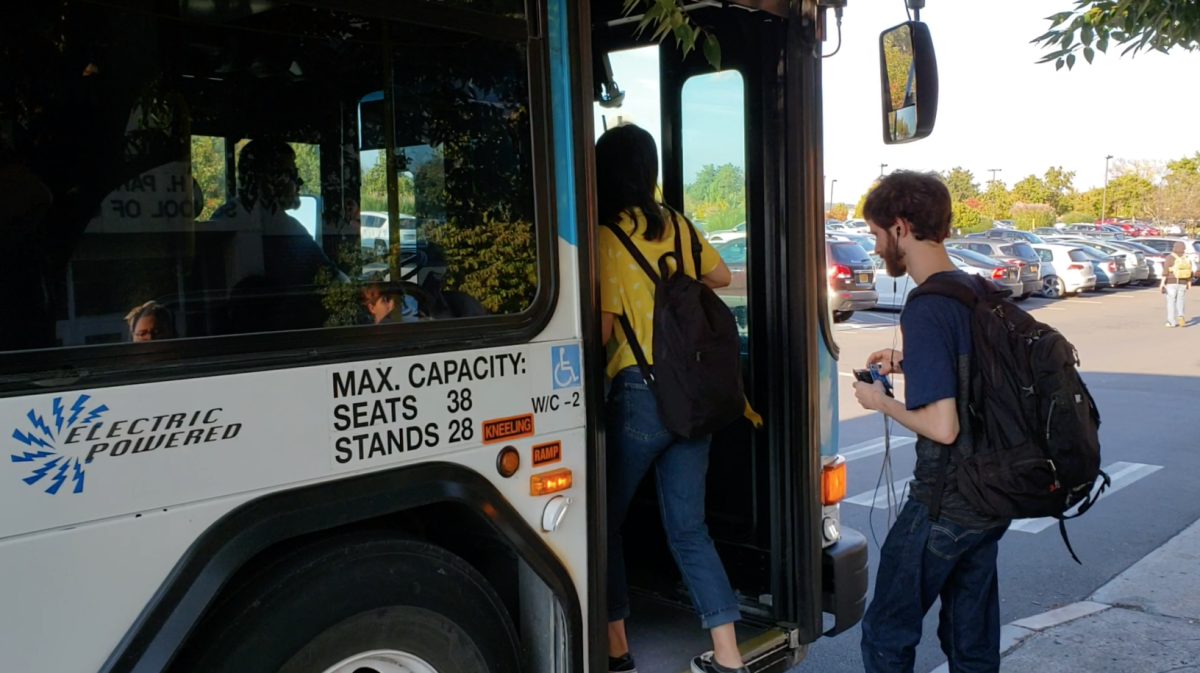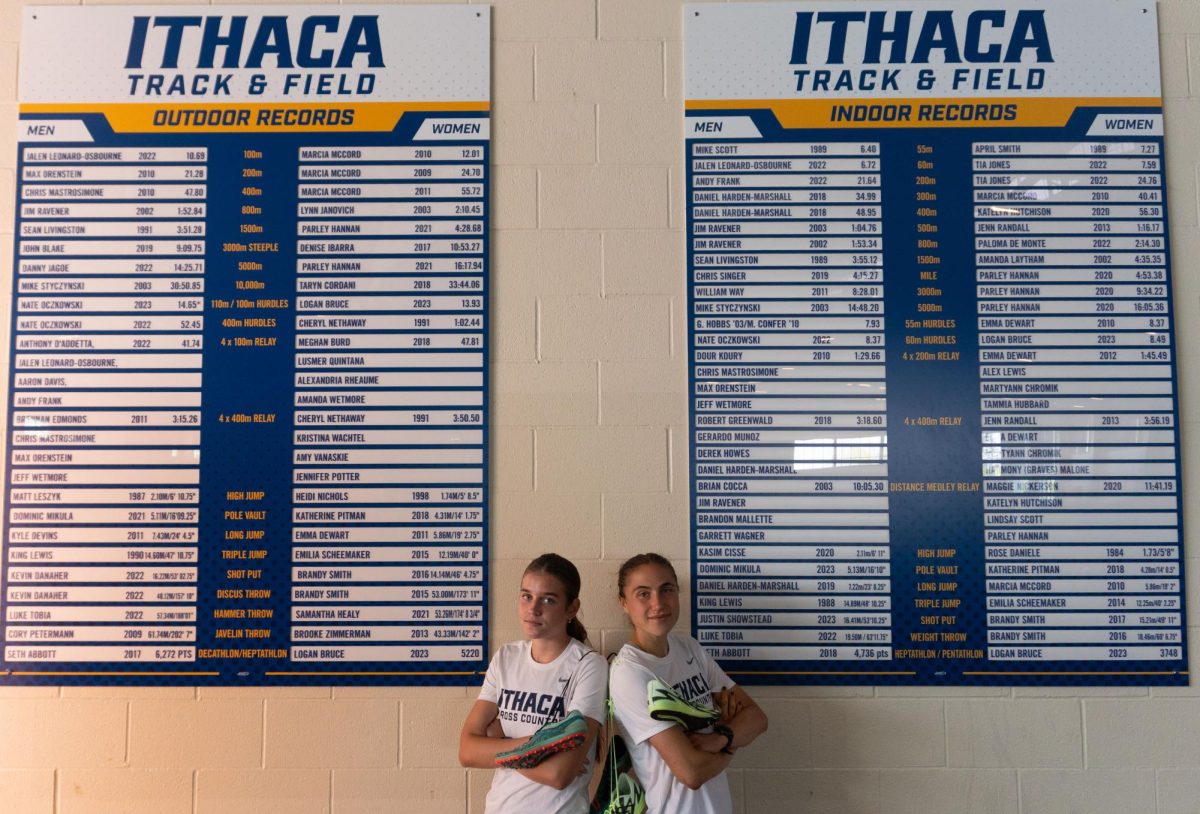Tompkins Consolidated Area Transit had its four-millionth rider of the year earlier this month, officially exceeding last year’s ridership figures.
In calendar year 2017, TCAT dropped below four million riders for the first time since 2012, counting slightly over 3.97 million passengers. With this year’s increase, TCAT now falls under the American Public Transportation Association’s “medium size” agency category.
Scot Vanderpool, General Manager of TCAT, said in a statement that predicting ridership changes can be difficult.
“It could be based on population and economic shifts and, of course, cultural changes in how a community views public transit,” Vanderpool said. “We like to think that our community is taking more trips on our buses because they realize the many advantages of public transit.”
TCAT Service Development Director Matthew Yarrow cited two main possible reasons for this year’s overall ridership increase. Firstly, he credits the improved accessibility of real time information. TCAT’s bus schedules and live tracking information is now integrated with five different apps, including Google Maps.
Secondly, he believes that the updated bus stop signage that the company rolled out this year helped make the routes more clear and easy to use. Prior to their replacement, there were less than 100 signs designating bus stops around the county, many of which had the incorrect routes posted. The new signs clearly indicate the bus route number that stops there, along with the bus’ final destination.

Secondly, he believes that the updated bus stop signage that the company rolled out this year helped make the routes more clear and easy to use. Prior to their replacement, there were less than 100 signs designating bus stops around the county, many of which had the incorrect routes posted. The new signs clearly indicate the bus route number that stops there, along with the bus’ final destination.
Photo: New TCAT route signs installed at the Seneca St. Bus Station. (Michael Pyskaty/Ithaca Week)
Secondly, he believes that the updated bus stop signage that the company rolled out this year helped make the routes more clear and easy to use. Prior to their replacement, there were less than 100 signs designating bus stops around the county, many of which had the incorrect routes posted. The new signs clearly indicate the bus route number that stops there, along with the bus’ final destination.
The overall ridership increase was largely credited to a 10% increase in riders connected to Cornell, which offers free bus passes to its first year students. However Yarrow says that the Cornell ridership figures can change from year to year.
“I don’t know why one group of students is significantly different than others,” he said. “But we have noticed that in years past, just the rate that they use the bus means that any kind of slight differences and propensity to use the bus can translate into fairly large ridership numbers.”
However, Cornell’s ridership increase was not a part of a broader trend. Ridership among non-collegiate passengers and Ithaca College affiliated riders continues to decline.

As Ithaca Week reported back in October, ridership on TCAT’s Route 11 bus service had fallen significantly when compared to past years. Route 11 travels between the Commons and Ithaca College, and is the only route that serves the college at frequent intervals. At that time, the company was planning to release a survey to faculty, staff, and students at IC to see how service could be improved to and from the college.
Yarrow said that while the response rate was low, one of the recurring themes was to make the bus schedule more accessible, which the company did through their mobile apps. In addition, respondents asked for an option to pay their bus fares using their cell phones. TCAT is planning on upgrading their fare boxes soon, according to Yarrow, and hope to include a new mobile payment feature sometime within the next few years.







